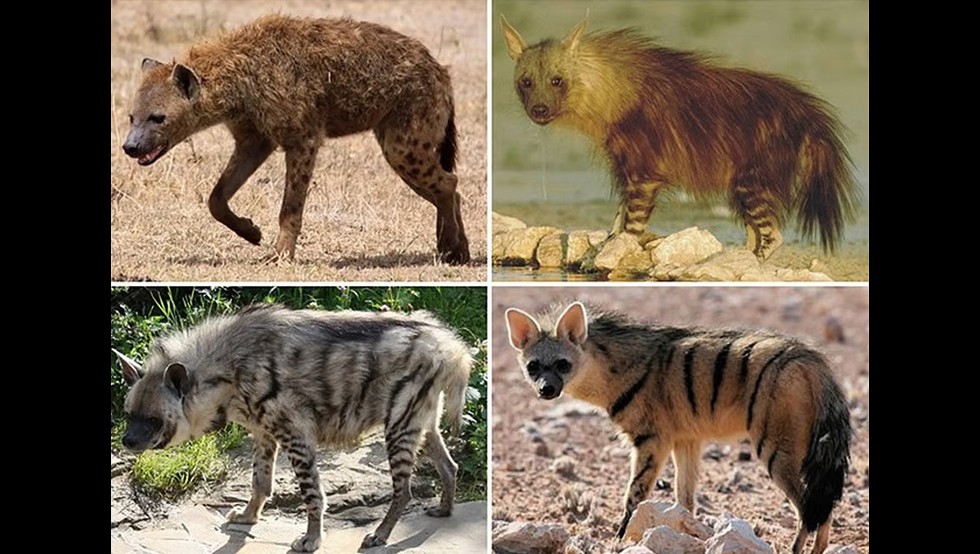About Hyenas
- Hyenas are dog-like carnivores belonging to the family Hyaenidae, native to Asia and Africa, noted for their scavenging habits.
- There are four extant hyena species:
- Spotted Hyena (Crocuta crocuta)
- Striped Hyena (Hyaena hyaena)
- Brown Hyena (Parahyaena brunnea)
- Aardwolf (Proteles cristatus)
- Habitat: Forest edges, grasslands, savannas, sub-deserts, and mountains up to 13,000 feet elevation.
- Distribution: Across Africa, parts of the Middle East, and Asia.
Physical Features
- Hyenas are four-legged animals with scraggly fur and large ears.
- They have long forelegs, a powerful neck, and strong shoulders, allowing them to dismember and carry prey.
- Excellent sight, hearing, and sense of smell make them proficient scavengers and hunters.
- Hyenas are predominantly nocturnal, being most active during the night.
- Their lifespan averages 12 years, although they can live up to 25 years; Brown hyenas typically have a shorter lifespan.
Conservation Status (IUCN)
- Spotted Hyena: Least Concern but declining, with fewer than 50,000 individuals remaining.
- Striped Hyena: Near Threatened, with less than 10,000 mature individuals.
- Brown Hyena: Near Threatened, with just over 10,000 in the wild.
- Aardwolf: Least Concern, though exact numbers are unknown due to their elusive nature.
